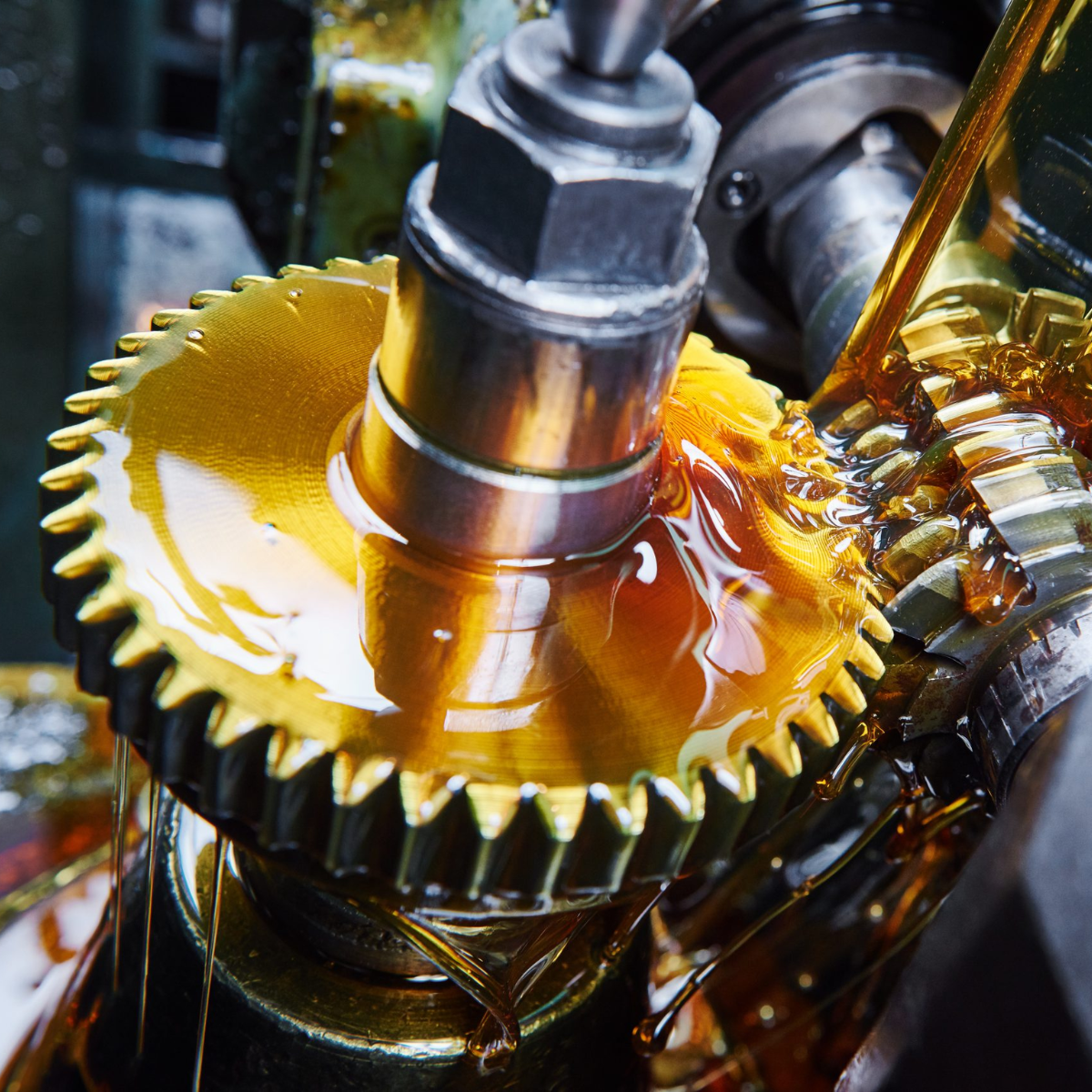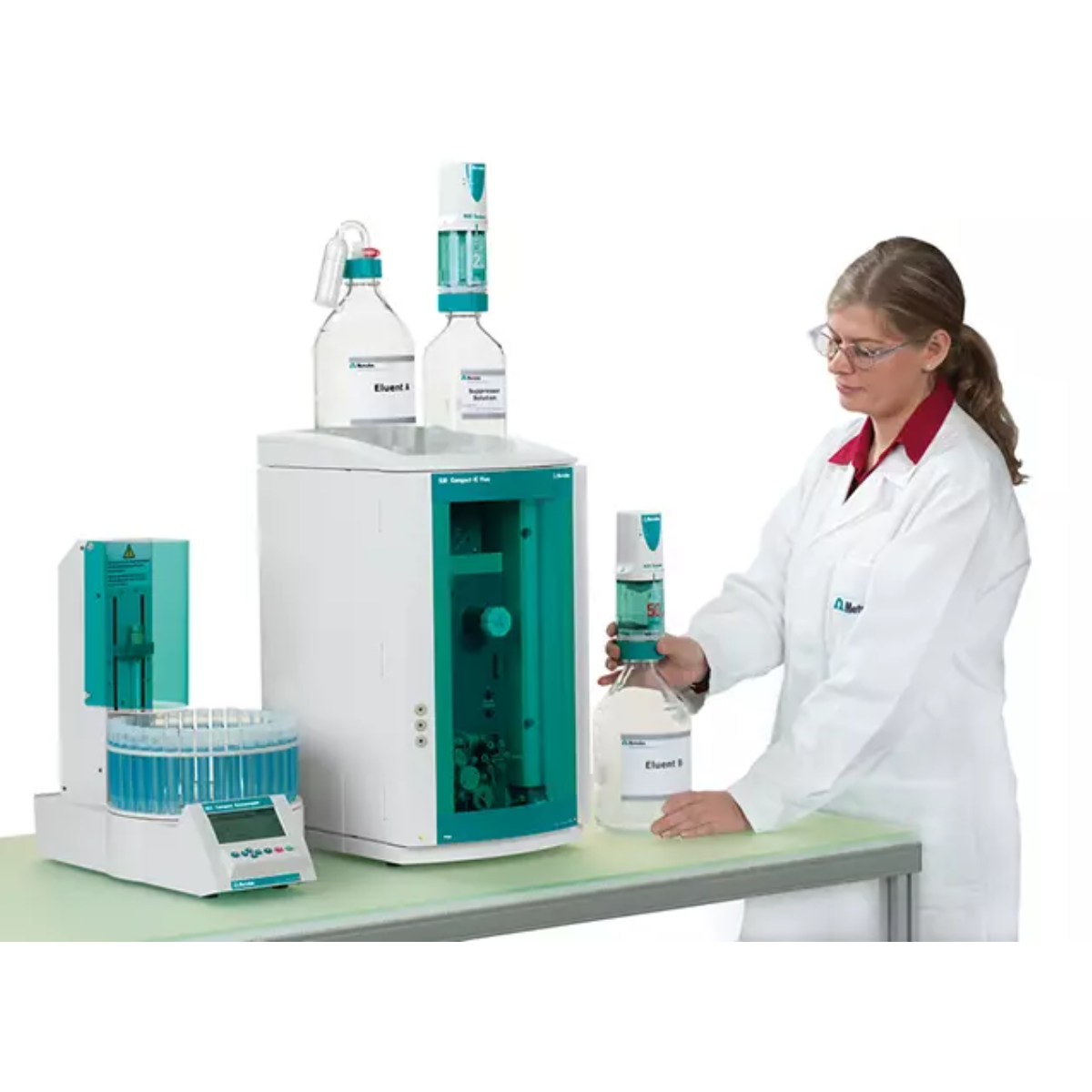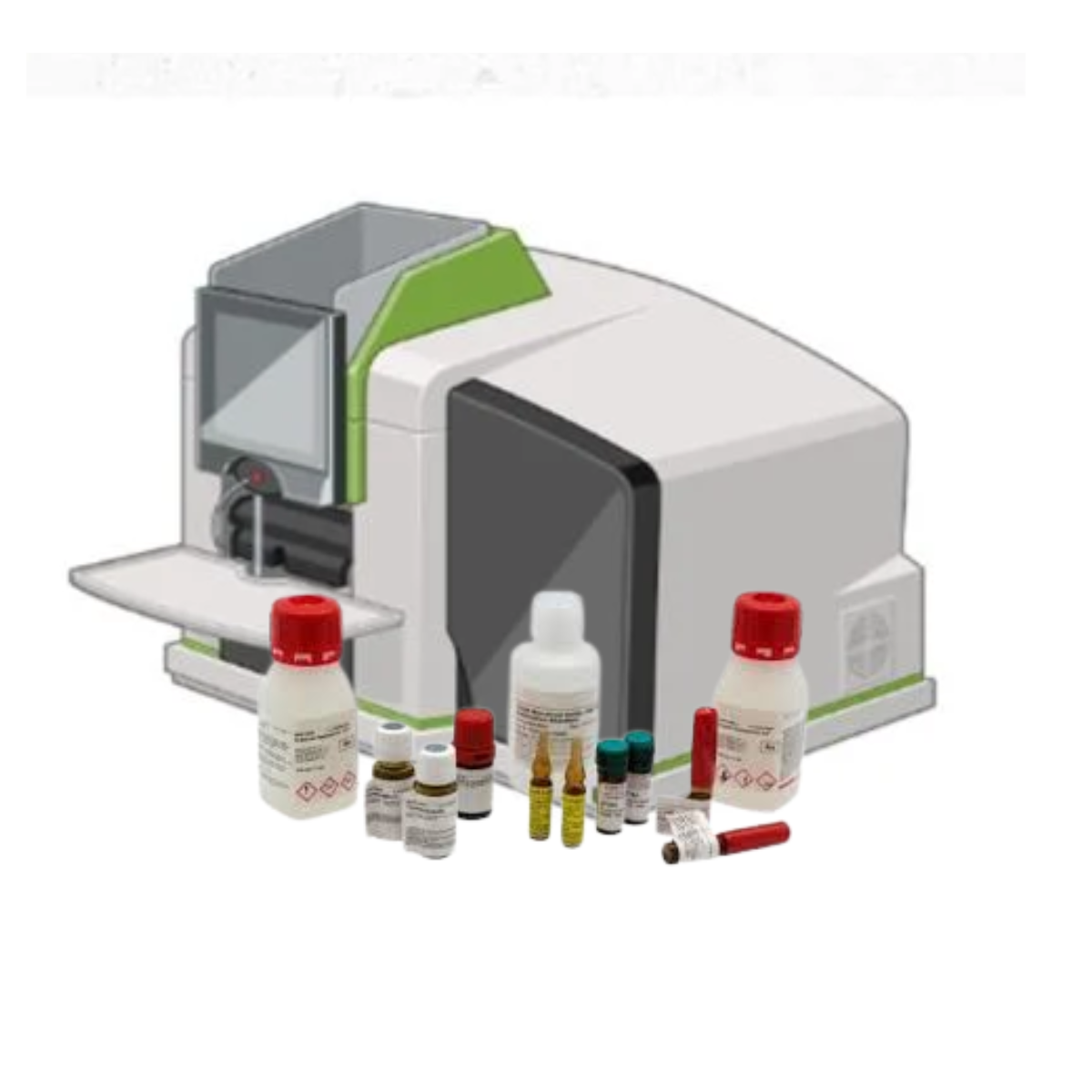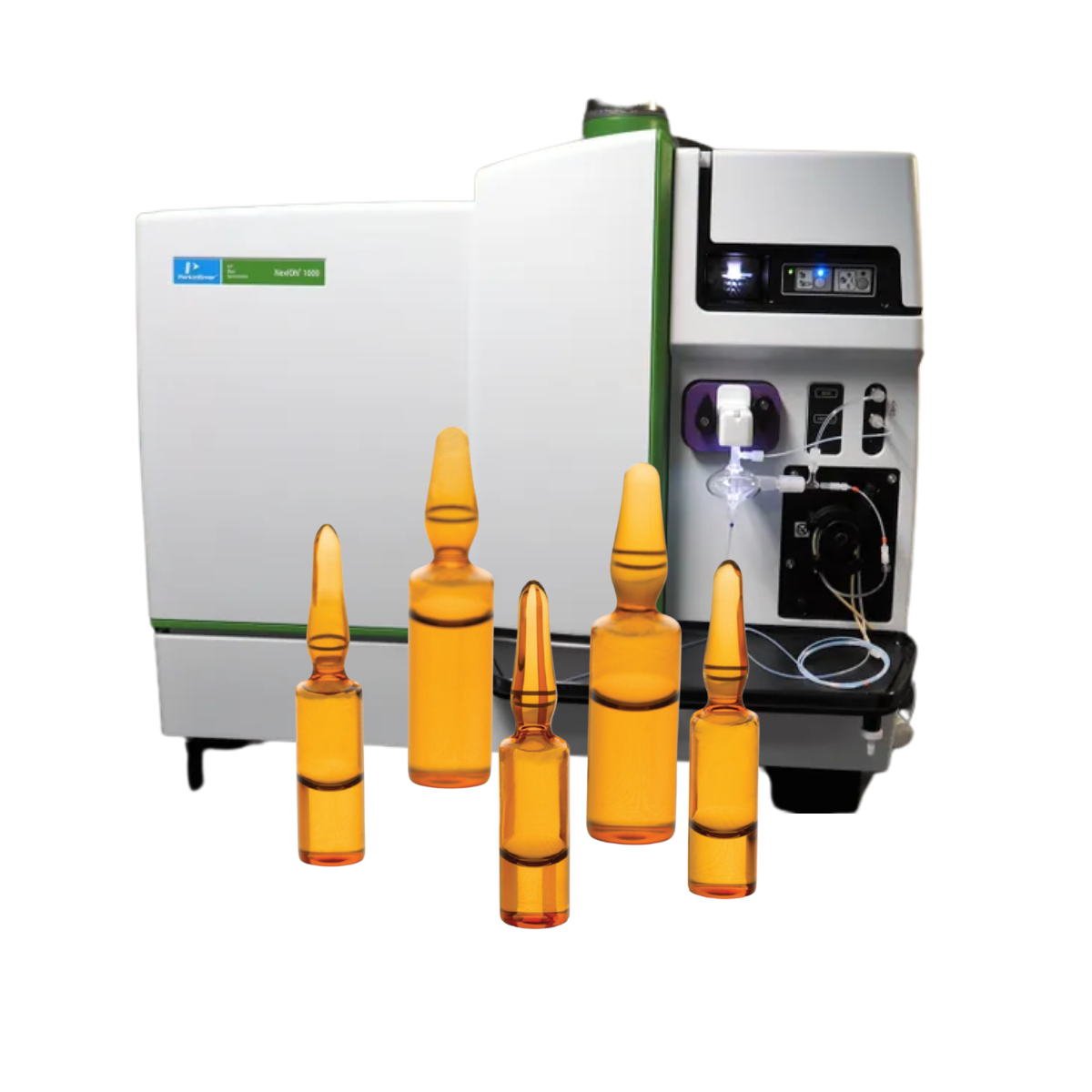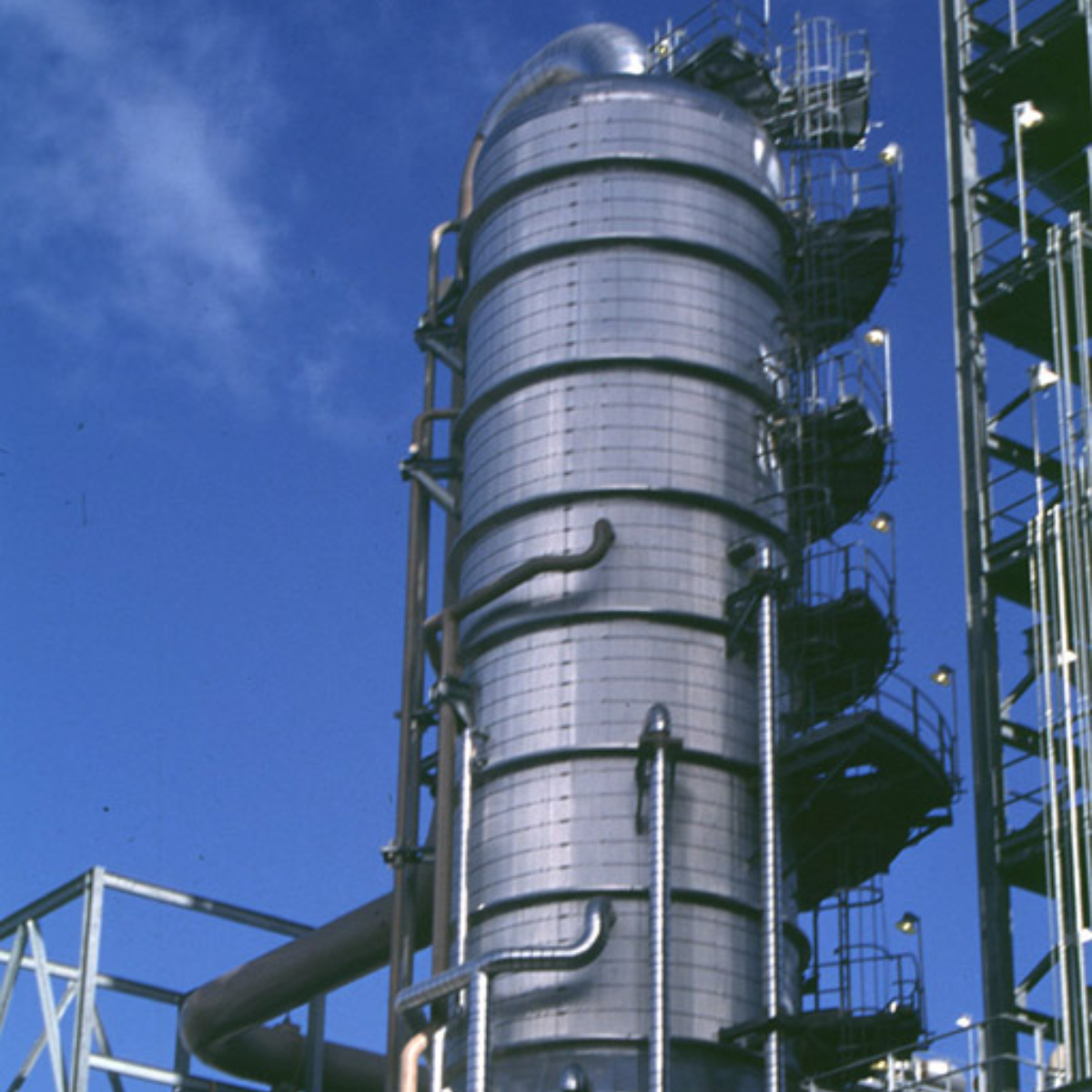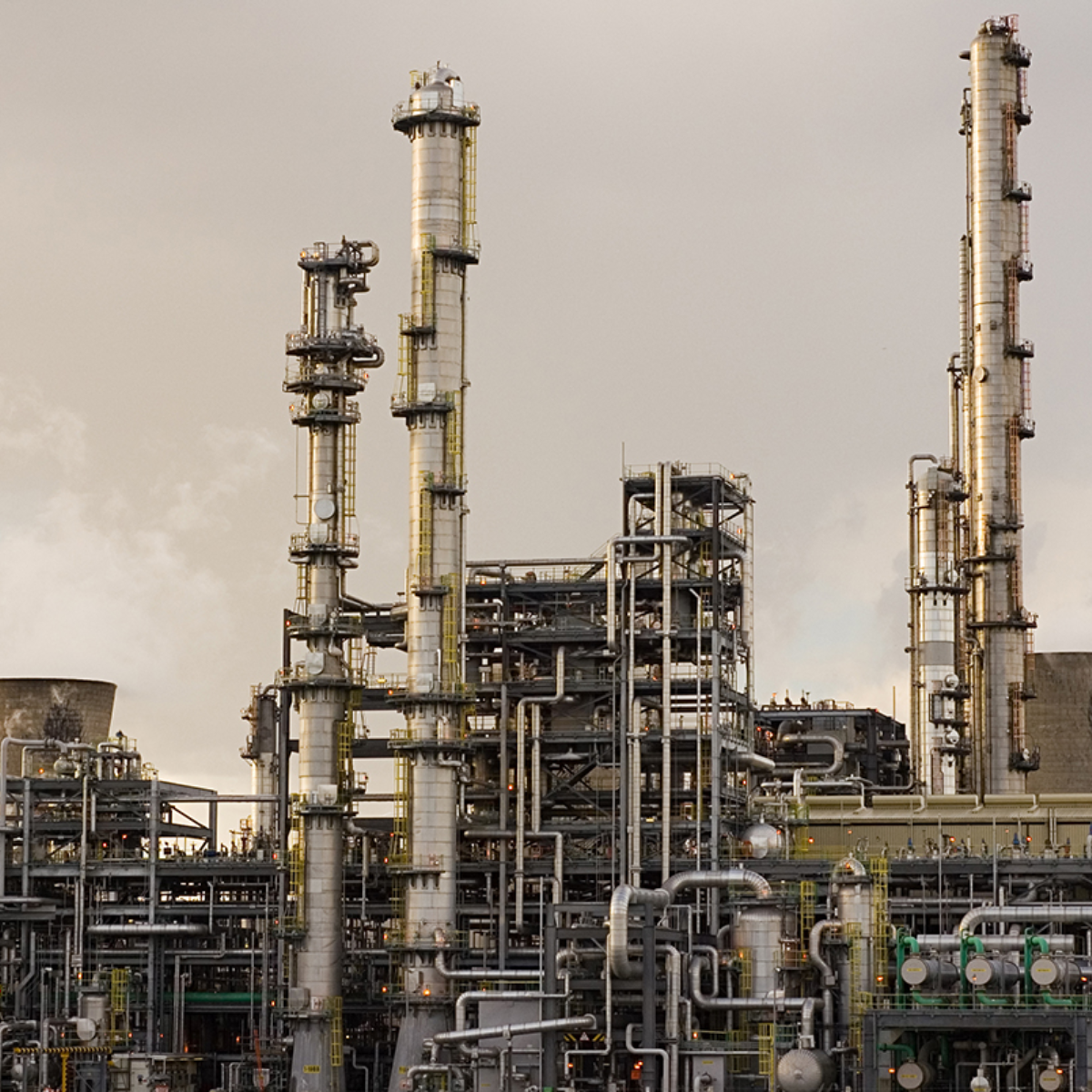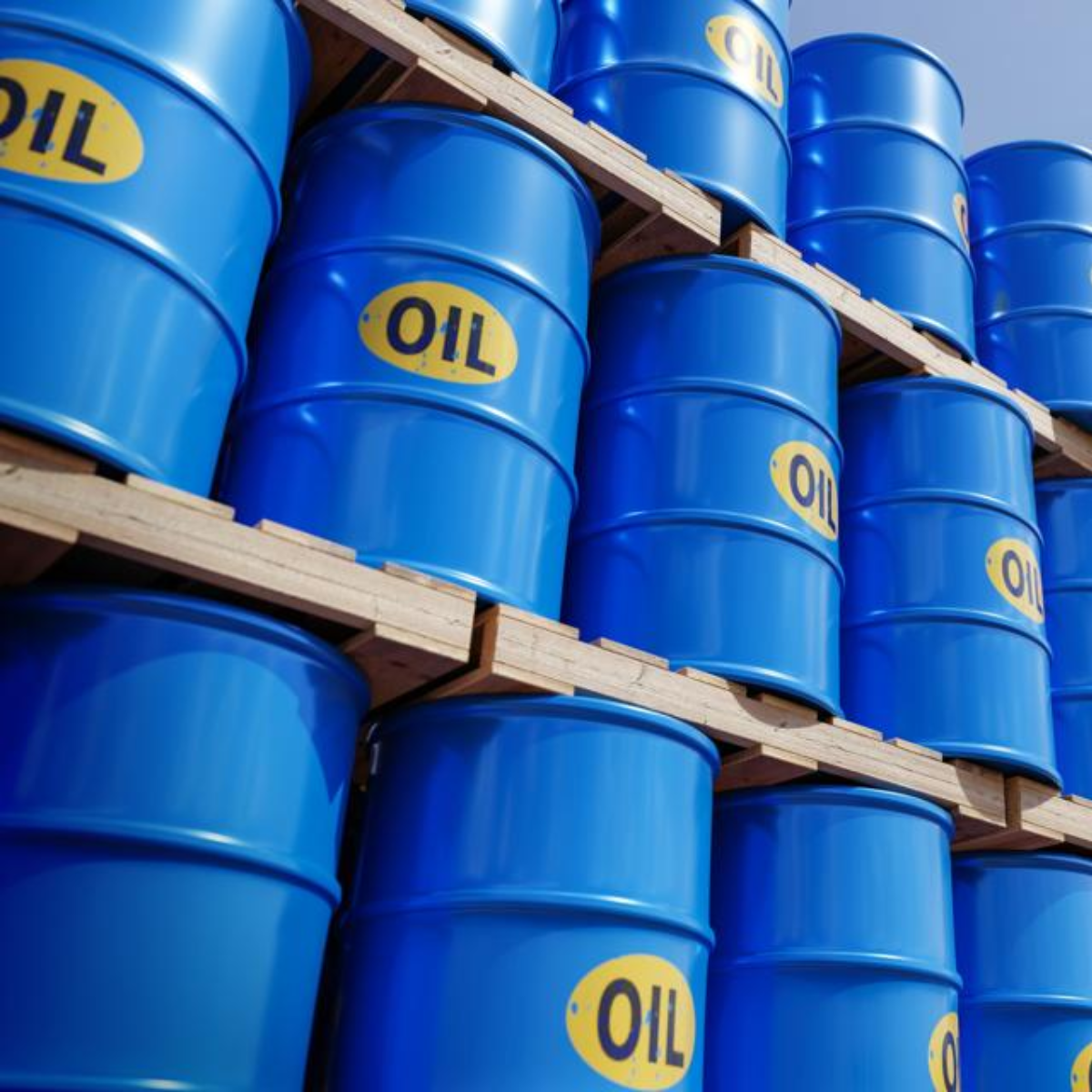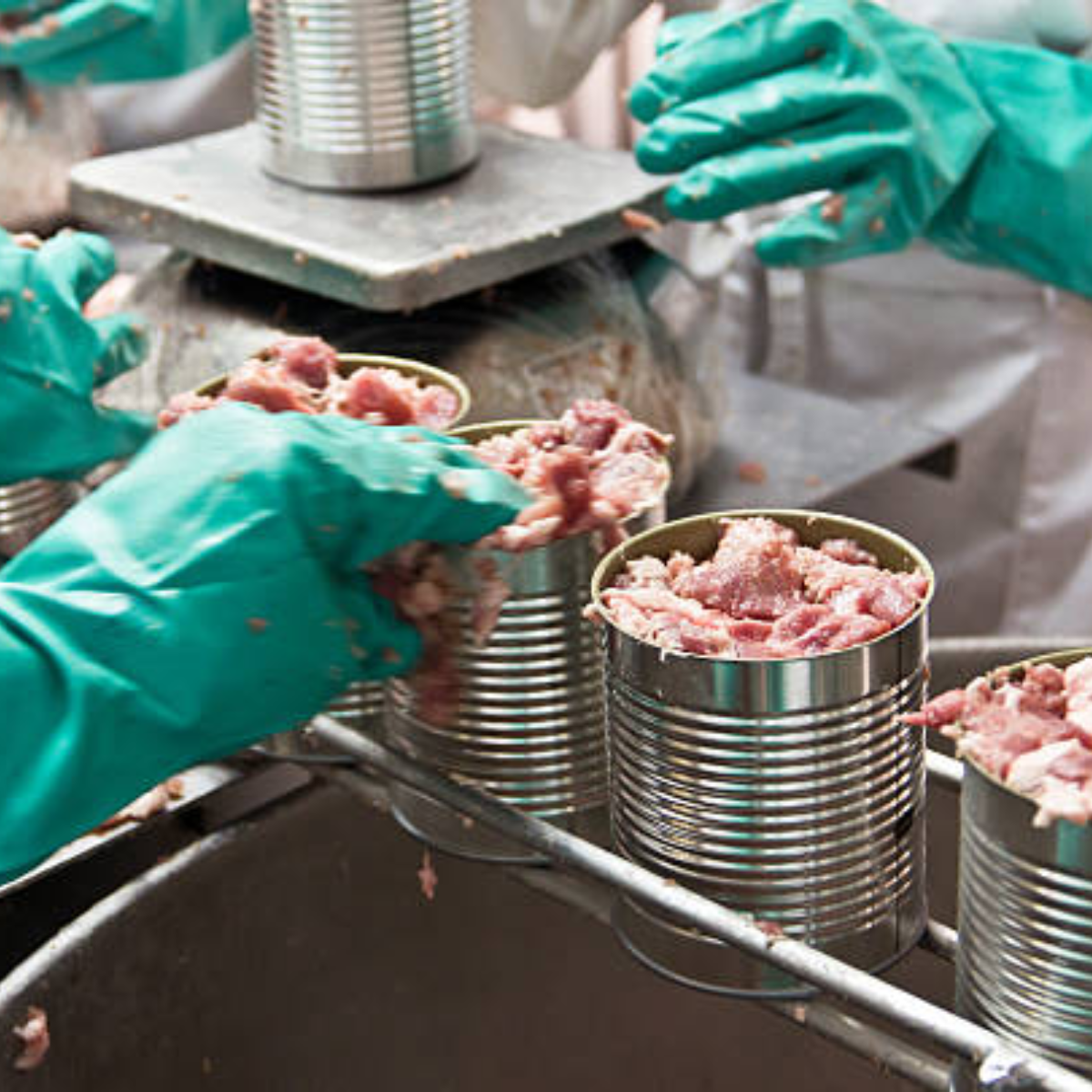Lab fire hazards and applicable codes
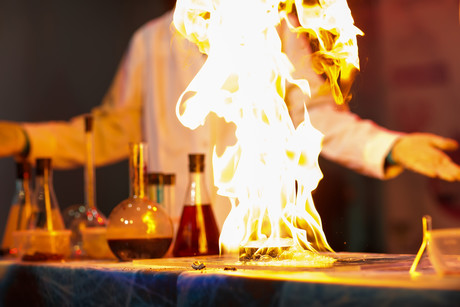
The Silent Threat: Understanding Lab Fire Hazards and Their Impact

The world of scientific research and development is a fascinating realm of discovery and innovation. From the intricate workings of cells to the vast expanse of the cosmos, laboratories serve as the crucible where knowledge is forged and breakthroughs are made. However, beneath the surface of this intellectual pursuit lies a silent threat – the ever-present danger of fire.
Lab fires, while often perceived as a remote possibility, are a very real and potentially devastating hazard. The unique combination of flammable chemicals, volatile materials, and specialized equipment found in laboratories creates a complex and often unpredictable environment. A single spark, a misplaced chemical, or a malfunctioning piece of equipment can quickly escalate into a catastrophic event, jeopardizing lives, property, and the very foundation of scientific progress.
The consequences of a lab fire can be far-reaching. Beyond the immediate danger to personnel, a fire can cause significant damage to equipment, research materials, and valuable data. The disruption to ongoing research projects can set back scientific advancements by months or even years, leading to lost funding, missed deadlines, and a setback to the overall progress of the scientific community.
The impact of a lab fire extends beyond the immediate confines of the laboratory. The release of hazardous chemicals into the environment can pose a serious threat to public health and safety. The potential for contamination of surrounding areas can lead to costly clean-up operations and long-term environmental damage.
In the face of these potential consequences, it is imperative that laboratories prioritize fire safety as a paramount concern. This requires a comprehensive understanding of the inherent fire hazards present in the lab environment, the applicable codes and regulations governing fire safety, and the implementation of robust fire prevention and mitigation strategies.
This article delves into the intricate world of lab fire hazards, exploring the specific risks associated with different types of laboratories, the applicable codes and regulations that govern fire safety in these environments, and the critical role of fire fighting systems in mitigating the potential for catastrophic events. By shedding light on these crucial aspects of lab safety, this article aims to empower lab technicians, project managers, procurement managers, and C-suites in the scientific industry to make informed decisions that prioritize safety and ensure the continued pursuit of scientific discovery.
The Complex Landscape of Lab Fire Hazards
The nature of lab fire hazards is as diverse as the scientific disciplines themselves. From the volatile organic solvents used in chemistry labs to the flammable gases employed in physics experiments, each laboratory presents its own unique set of fire risks. Understanding these risks is the first step towards mitigating them.
Flammable Liquids: The use of flammable liquids, such as ethanol, acetone, and diethyl ether, is ubiquitous in many laboratories. These liquids have low flash points, meaning they can ignite easily at relatively low temperatures. The presence of flammable liquids in open containers, improper storage practices, and inadequate ventilation can create a highly flammable environment.
Flammable Gases: Gases like propane, butane, and acetylene are commonly used in laboratories for various purposes, including heating, welding, and chemical reactions. These gases are highly flammable and can ignite explosively if not handled properly. Improper storage, leaks, and inadequate ventilation can all contribute to the risk of a gas-related fire.
Combustible Dusts: Many laboratories work with fine powders and dusts, such as metal shavings, wood dust, and chemical powders. These dusts can be highly combustible, especially when suspended in the air. The accumulation of combustible dusts in the workplace can create a significant fire hazard, particularly if ignited by a spark or heat source.
Electrical Hazards: Electrical equipment is an essential part of most laboratories. However, faulty wiring, overloaded circuits, and improper use of electrical devices can lead to electrical fires. The presence of flammable materials near electrical equipment further increases the risk of ignition.
Heat Sources: Laboratories often utilize heat sources, such as ovens, furnaces, and hot plates, for various experiments and processes. These heat sources can pose a fire hazard if not properly monitored and controlled. The proximity of flammable materials to heat sources can lead to accidental ignition.
Human Error: Human error is a significant factor in many lab fires. Carelessness, lack of training, and failure to follow safety protocols can all contribute to the risk of fire. It is crucial to emphasize the importance of proper training and adherence to safety procedures to minimize the potential for human error.
The Crucial Role of Fire Fighting Systems
Fire fighting systems are an integral part of a comprehensive fire safety strategy for laboratories. These systems are designed to detect, suppress, and control fires, minimizing damage and protecting lives. The effectiveness of fire fighting systems depends on their proper design, installation, maintenance, and operation.
Fire Detection Systems: Fire detection systems are designed to detect the presence of fire and alert personnel to the emergency. These systems typically utilize smoke detectors, heat detectors, or flame detectors to trigger an alarm. Early detection is crucial for effective fire suppression and evacuation.
Fire Suppression Systems: Fire suppression systems are designed to extinguish fires or control their spread. These systems can include sprinkler systems, fire extinguishers, and other specialized suppression equipment. The type of suppression system used depends on the specific fire hazards present in the laboratory.
Fire Alarm Systems: Fire alarm systems are designed to alert personnel and activate other fire safety measures, such as evacuation procedures and automatic fire suppression systems. These systems typically include a central control panel, alarm bells, and other signaling devices.
Emergency Evacuation Procedures: Emergency evacuation procedures are essential for ensuring the safety of personnel in the event of a fire. These procedures should be clearly defined, practiced regularly, and communicated effectively to all personnel. Evacuation routes should be clearly marked, and emergency exits should be readily accessible.
The effectiveness of fire fighting systems depends on their proper design, installation, maintenance, and operation. Regular inspections, testing, and maintenance are crucial for ensuring that these systems are in good working order and can respond effectively to a fire emergency.
In addition to fire fighting systems, other fire safety measures, such as fire extinguishers, fire blankets, and fire-resistant materials, can further enhance the safety of laboratories. The use of these measures, along with proper training and adherence to safety protocols, can significantly reduce the risk of fire and ensure the safety of personnel and the integrity of research.
The Importance of a Proactive Approach
The prevention of lab fires is a continuous process that requires a proactive approach. This approach involves identifying potential fire hazards, implementing appropriate fire safety measures, and ensuring that personnel are adequately trained and equipped to handle fire emergencies.
Hazard Identification and Risk Assessment: The first step in fire prevention is to identify potential fire hazards in the laboratory. This involves a thorough assessment of the types of chemicals, materials, and equipment used in the lab, as well as the potential for ignition sources, such as heat sources, electrical equipment, and flammable liquids. The results of this assessment should be documented and used to develop a comprehensive fire safety plan.
Fire Safety Training: All personnel working in laboratories should receive comprehensive fire safety training. This training should cover topics such as fire hazards, fire prevention, fire detection, fire suppression, and emergency evacuation procedures. The training should be tailored to the specific risks present in the laboratory and should be conducted regularly to ensure that personnel are up-to-date on fire safety practices.
Fire Safety Equipment and Procedures: Laboratories should be equipped with appropriate fire safety equipment, such as fire extinguishers, fire blankets, and fire alarms. Personnel should be trained on the proper use of this equipment and should be familiar with the location of emergency exits and assembly points. Regular inspections and maintenance of fire safety equipment are essential for ensuring its effectiveness.
Fire Safety Audits: Regular fire safety audits should be conducted to assess the effectiveness of fire safety measures and identify any areas for improvement. These audits should be conducted by qualified personnel and should cover all aspects of fire safety, including fire hazards, fire prevention, fire detection, fire suppression, and emergency procedures.
By adopting a proactive approach to fire safety, laboratories can significantly reduce the risk of fire and ensure the safety of personnel and the integrity of research. This approach involves a commitment to identifying potential fire hazards, implementing appropriate fire safety measures, and ensuring that personnel are adequately trained and equipped to handle fire emergencies.
The Future of Lab Fire Safety
The field of lab fire safety is constantly evolving, with new technologies and innovations emerging to enhance fire prevention, detection, and suppression. These advancements are driven by the need to improve safety in laboratories and to mitigate the potential for catastrophic events.
Advanced Fire Detection Systems: New fire detection systems are being developed that utilize advanced technologies, such as infrared sensors, laser detectors, and artificial intelligence, to detect fires more quickly and accurately. These systems can provide earlier warnings, allowing for faster response times and more effective fire suppression.
Intelligent Fire Suppression Systems: Intelligent fire suppression systems are being developed that can automatically detect and suppress fires based on the specific hazards present in the laboratory. These systems can tailor their response to the type of fire, minimizing damage and protecting lives.
Fire-Resistant Materials: New fire-resistant materials are being developed that can withstand high temperatures and prevent the spread of fire. These materials can be used in laboratory construction, equipment, and furnishings to enhance fire safety.
Virtual Reality Training: Virtual reality training is being used to provide immersive and interactive fire safety training to laboratory personnel. This training can simulate real-life fire scenarios, allowing personnel to practice emergency procedures and develop critical thinking skills.
The future of lab fire safety lies in the continued development and implementation of these innovative technologies and practices. By embracing these advancements, laboratories can create safer working environments, protect lives, and ensure the continued pursuit of scientific discovery.
In conclusion, lab fires pose a significant threat to the safety of personnel, the integrity of research, and the environment. By understanding the inherent fire hazards present in laboratories, complying with applicable codes and regulations, and implementing robust fire prevention and mitigation strategies, laboratories can significantly reduce the risk of fire and ensure a safe working environment for all.
The use of fire fighting systems, such as fire detection systems, fire suppression systems, and fire alarm systems, is crucial for mitigating the potential for catastrophic events. Regular inspections, testing, and maintenance of these systems are essential for ensuring their effectiveness.
A proactive approach to fire safety, involving hazard identification, risk assessment, fire safety training, and regular fire safety audits, is essential for preventing fires and ensuring the safety of personnel. The continued development and implementation of innovative technologies and practices will further enhance lab fire safety in the future.
By prioritizing fire safety, laboratories can create a safer working environment, protect lives, and ensure the continued pursuit of scientific discovery.
The Perils of Fire in Laboratories: A Comprehensive Guide to Hazards, Codes, and Prevention
Laboratories, bustling hubs of scientific discovery and technological innovation, are inherently susceptible to fire hazards. The presence of flammable liquids, combustible materials, and specialized equipment creates a unique environment where the potential for fire ignition and rapid spread is significant. This comprehensive guide delves into the multifaceted world of lab fire hazards, exploring the underlying causes, applicable codes and regulations, and essential preventative measures to mitigate risks and ensure a safe working environment.
Understanding the Nature of Lab Fires
Lab fires are not simply a matter of accidental ignition; they are complex events influenced by a confluence of factors. The unique characteristics of laboratory environments, including the presence of volatile chemicals, specialized equipment, and often limited ventilation, contribute to the rapid escalation of fires. Understanding these factors is crucial for developing effective fire prevention strategies.
Flammable Liquids: The Heart of the Hazard

Flammable liquids, ubiquitous in laboratories, pose a significant fire risk. Their low flash points, the temperature at which they release flammable vapors, make them highly susceptible to ignition. Common culprits include solvents like acetone, ethanol, and diethyl ether, as well as reagents like petroleum ether and toluene. The volatility of these liquids, coupled with their potential for rapid vaporization, creates a highly flammable atmosphere, increasing the risk of fire ignition and rapid spread.
Combustible Materials: Fueling the Flames
Beyond flammable liquids, laboratories often contain a plethora of combustible materials, including paper, cardboard, plastics, and wood. These materials, while seemingly innocuous, can readily ignite and contribute to the intensity of a fire. The presence of these materials, particularly in close proximity to heat sources or flammable liquids, significantly elevates the risk of fire.
Electrical Equipment: A Silent Threat
Electrical equipment, a mainstay of laboratory operations, can also be a source of fire ignition. Faulty wiring, overloaded circuits, and malfunctioning equipment can generate sparks or heat, potentially igniting flammable materials. The use of electrical equipment in close proximity to flammable liquids or combustible materials further amplifies the risk of fire.
Human Error: A Significant Factor
Human error, often overlooked, plays a significant role in laboratory fire incidents. Carelessness in handling flammable liquids, improper storage of combustible materials, and failure to follow safety protocols can lead to accidental ignition. The importance of rigorous training, adherence to safety procedures, and a culture of safety awareness cannot be overstated in mitigating the risk of fire.
Fire Fighting Systems: A Vital Line of Defense
Fire fighting systems, an integral part of laboratory safety, play a crucial role in containing and extinguishing fires. These systems, designed to detect, suppress, and control fires, provide a vital line of defense in the event of a fire incident. Understanding the different types of fire fighting systems and their applications is essential for selecting the most appropriate system for a particular laboratory.
Sprinkler Systems: Automatic Fire Suppression
Sprinkler systems, a common fire suppression system in laboratories, are designed to automatically discharge water upon detection of a fire. These systems, typically activated by heat or smoke detectors, provide a rapid and effective means of extinguishing fires, minimizing damage and protecting lives.
Fire Extinguishers: Portable Fire Suppression
Fire extinguishers, portable devices designed to extinguish small fires, are essential for immediate fire suppression. These extinguishers, available in various types, such as water, foam, dry chemical, and carbon dioxide, are designed to target specific types of fires, providing a quick and effective means of controlling a fire before it escalates.
Fire Alarm Systems: Early Detection and Evacuation
Fire alarm systems, designed to detect and signal a fire, play a crucial role in early detection and evacuation. These systems, typically comprised of smoke detectors, heat detectors, and manual pull stations, provide a timely warning of a fire, allowing for prompt evacuation and minimizing the risk of injury.
Preventing Fires: A Proactive Approach
While fire fighting systems provide a vital line of defense, the most effective approach to fire safety is prevention. Implementing a comprehensive fire prevention program, encompassing training, procedures, and equipment, is essential for minimizing the risk of fire incidents.
Training: Empowering Employees with Knowledge
Training, a cornerstone of fire prevention, empowers laboratory personnel with the knowledge and skills to identify and mitigate fire hazards. Comprehensive training programs should cover topics such as the handling of flammable liquids, the storage of combustible materials, the use of electrical equipment, and emergency procedures, equipping employees with the tools to prevent fires and respond effectively in the event of an incident.
Procedures: Establishing a Framework for Safety
Procedures, a set of guidelines for safe laboratory practices, provide a framework for preventing fires. These procedures should address aspects such as the handling of flammable liquids, the storage of combustible materials, the use of electrical equipment, and the maintenance of fire fighting systems, ensuring that all laboratory activities are conducted safely.
Equipment: Investing in Safety Tools
Equipment, including fire extinguishers, sprinkler systems, and fire alarm systems, plays a vital role in fire prevention. Regular maintenance and inspection of these systems, ensuring their proper functionality, are essential for maintaining a safe laboratory environment.
Conclusion: A Culture of Safety
The prevention of fire in laboratories is not merely a matter of compliance; it is a fundamental aspect of a culture of safety. By fostering a culture of awareness, responsibility, and vigilance, laboratories can significantly reduce the risk of fire incidents, ensuring the safety of personnel, the protection of valuable research, and the preservation of a safe and productive working environment.
The Importance of Fire Safety in Laboratories
The laboratory environment presents unique challenges when it comes to fire safety. The presence of flammable liquids, combustible materials, and electrical equipment creates a heightened risk of fire. A comprehensive understanding of fire hazards and the implementation of appropriate fire safety measures are crucial to protecting personnel, property, and the environment. This article has explored the common fire hazards found in laboratories, the applicable codes and standards that govern fire safety, and the importance of fire prevention and response strategies.
By understanding the potential fire hazards and implementing effective fire safety measures, laboratories can significantly reduce the risk of fire incidents. This includes conducting regular fire safety inspections, providing comprehensive fire safety training to all personnel, and ensuring that appropriate fire suppression systems are in place.
Fire Fighting Systems: A Crucial Component of Laboratory Safety
Fire fighting systems play a critical role in laboratory safety. These systems are designed to detect, suppress, and control fires, minimizing damage and protecting lives. The type of fire fighting system required for a laboratory depends on the specific hazards present and the size and layout of the facility.
Common fire fighting systems used in laboratories include:
- Sprinkler Systems: These systems automatically release water when a fire is detected, effectively suppressing flames. Sprinkler systems are particularly effective in areas with high fire loads, such as chemical storage rooms.
- Fire Extinguishers: Portable fire extinguishers are essential for initial fire suppression. Different types of extinguishers are available, each designed for specific types of fires. It is crucial to select the appropriate extinguisher based on the potential fire hazards in the laboratory.
- Fire Alarms: Fire alarms are essential for alerting personnel to a fire and initiating evacuation procedures. They can be activated manually or automatically by smoke detectors or heat sensors.
- Fire Suppression Systems: These systems use specialized agents, such as carbon dioxide or inert gases, to extinguish fires. They are often used in areas with sensitive equipment or where water damage is a concern.
The selection and installation of fire fighting systems should be conducted by qualified professionals who can assess the specific needs of the laboratory and ensure compliance with applicable codes and standards. Regular maintenance and testing of these systems are crucial to ensure their effectiveness in the event of a fire.
Beyond Fire Fighting Systems: A Holistic Approach to Fire Safety
While fire fighting systems are essential, a comprehensive approach to fire safety involves more than just equipment. It requires a culture of safety that permeates all aspects of laboratory operations. This includes:
- Fire Safety Training: All laboratory personnel should receive regular fire safety training. This training should cover topics such as fire hazards, fire prevention, fire extinguisher use, and evacuation procedures.
- Fire Safety Inspections: Regular fire safety inspections should be conducted to identify potential hazards and ensure that fire safety equipment is in good working order.
- Emergency Response Plans: Laboratories should have a comprehensive emergency response plan that outlines procedures for fire emergencies, including evacuation routes, communication protocols, and the roles and responsibilities of personnel.
- Fire Safety Signage: Clear and visible fire safety signage should be posted throughout the laboratory, indicating fire extinguisher locations, evacuation routes, and emergency contact information.
By implementing these measures, laboratories can create a safer environment for their personnel and protect their valuable assets from fire damage.
The Importance of Ongoing Fire Safety Awareness
Fire safety is an ongoing process that requires continuous vigilance. It is essential to stay informed about the latest fire safety regulations, best practices, and technological advancements.
Here are some resources that can help you stay up-to-date on fire safety in laboratories:
- National Fire Protection Association (NFPA): The NFPA is a leading authority on fire safety standards and codes. Their website provides a wealth of information on fire safety, including publications, training materials, and codes and standards.
- Occupational Safety and Health Administration (OSHA): OSHA sets standards for workplace safety, including fire safety. Their website provides information on fire safety regulations, training materials, and resources for employers.
- Local Fire Departments: Local fire departments can provide valuable information on fire safety regulations, fire prevention tips, and fire extinguisher training.
By staying informed and proactive, laboratories can create a safer environment for their personnel and protect their valuable assets from fire damage.
IT Tech: Your Partner in Laboratory Safety
At IT Tech, we understand the importance of fire safety in laboratories. We offer a wide range of lab consumables and equipment designed to enhance safety and efficiency in your laboratory.
Our team of experts can help you identify the fire safety equipment and supplies you need to meet your specific requirements. We also offer comprehensive fire safety training programs to help your personnel stay informed and prepared.
Contact us today to learn more about how IT Tech can help you create a safer and more efficient laboratory environment.
To further explore IT Tech's bouquet of services and products tailored to meet your IT needs, we encourage you to submit an inquiry to our team. Our comprehensive range of services and products is designed to address your specific requirements and challenges in the realm of information technology.
Click here to submit your inquiry: Click Here
By reaching out to us, you can gain valuable insights into how IT Tech's solutions can enhance your IT infrastructure, streamline operations, and support your business objectives effectively. Our team is dedicated to providing personalized recommendations and support to help you achieve success in your IT endeavors.
Products You may Like
Check out other IT- Tech product that suit your taste
Subscribe to our newsletter
Stay updated with IT-Tech Insights
Related posts
Check out other IT- Tech Scientific Resources

Gaseous vs water-based fire extinguishing
Choosing the right fire extinguishing system is crucial for research labs. This article delves into the distinct characteristics of gaseous and water-based systems. Gaseous systems, like CO2 or inert gas, are ideal for sensitive equipment and electronics, while water-based systems are effective for general fires. We discuss the advantages and disadvantages of each, including their impact on lab environments and the types of fires they are best suited for. By understanding these differences, researchers can make informed decisions about the most appropriate fire safety measures for their specific needs.
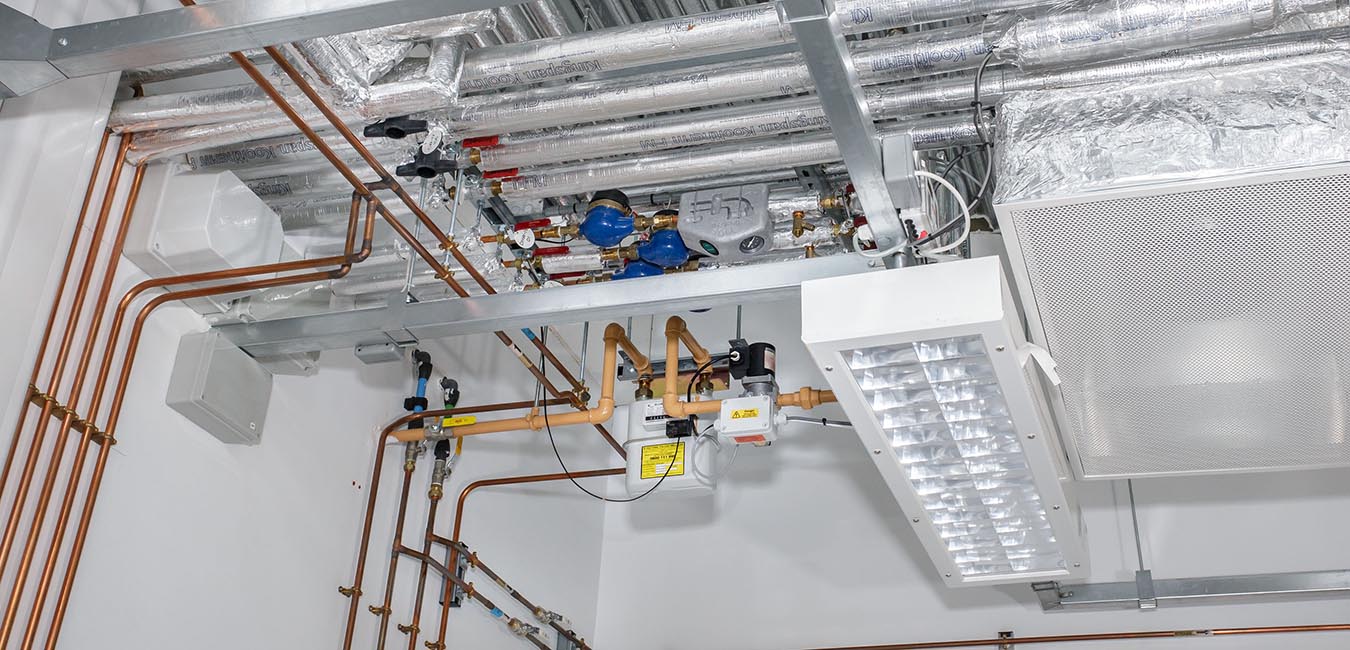
Proper installation of lab plumbing systems
Properly installed lab plumbing systems are crucial for maintaining a safe and efficient laboratory environment. This training module covers essential aspects of lab plumbing installation, including selecting the right materials, understanding code requirements, and ensuring proper connections and drainage. We'll also discuss best practices for minimizing contamination risks and maximizing system longevity. This comprehensive guide is designed to equip Public Health Engineering professionals with the knowledge and skills needed to install and maintain reliable lab plumbing systems.
.jpg)
Resolving vacuum system failures
Vacuum systems are essential for various laboratory applications in Public Health Engineering, from filtration and sample preparation to analytical techniques. When these systems malfunction, it can disrupt research and compromise results. This article offers a practical approach to resolving vacuum system failures, covering common causes such as leaks, pump malfunctions, and filter clogging. We provide step-by-step troubleshooting tips and preventative measures to ensure the smooth operation of your vacuum system and maintain the integrity of your research.


